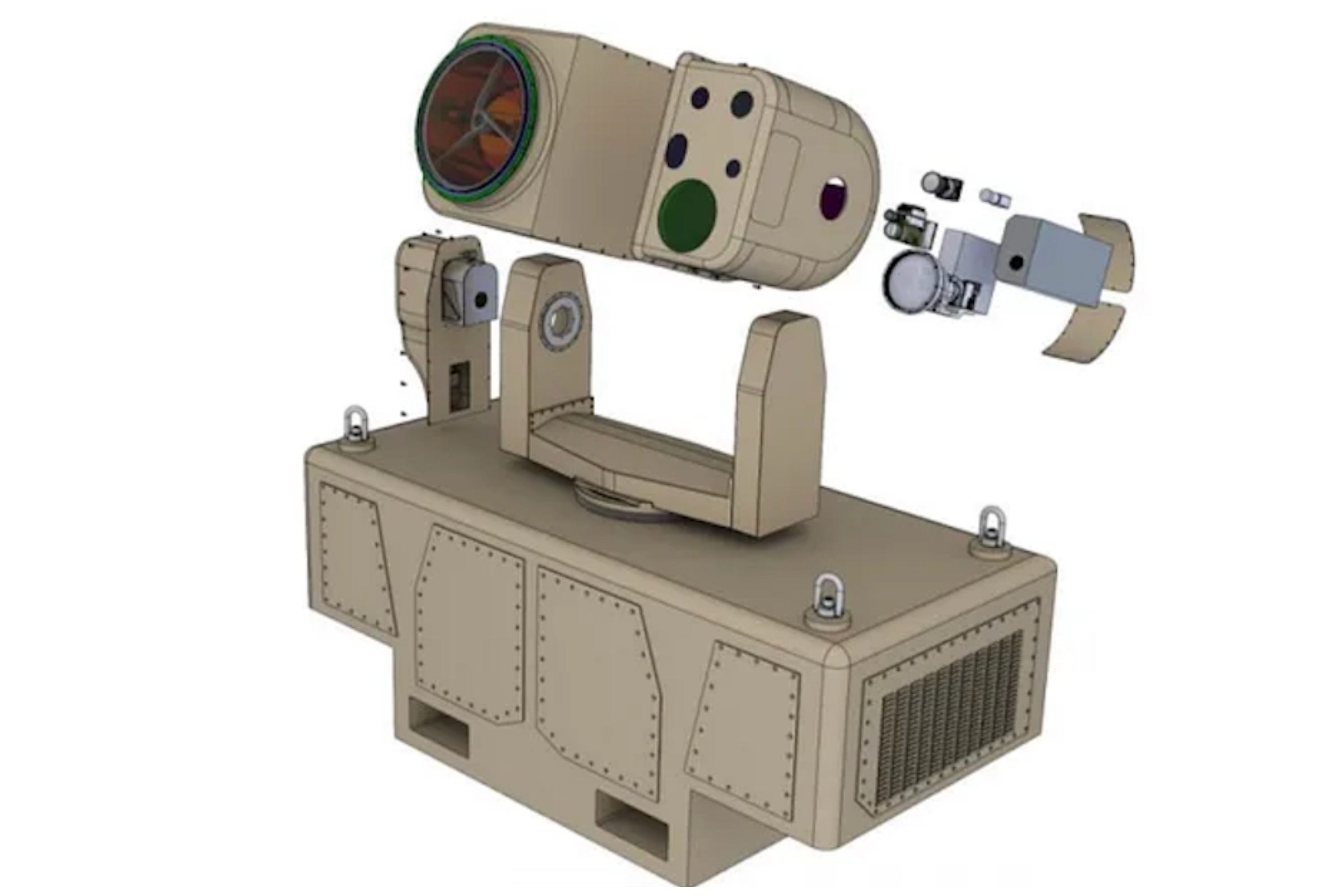Here Comes the Army's 'Enduring' Laser Weapon
The service is pushing ahead with its newest high-energy laser weapon system.

The US Army’s plan for its first directed energy program of record is beginning to take shape.
The Army plans on producing up to 20 next-generation Enduring High Energy Laser (E-HEL) systems to protect American and allied forces against the expanding threat …
Keep reading with a 7-day free trial
Subscribe to Laser Wars to keep reading this post and get 7 days of free access to the full post archives.


